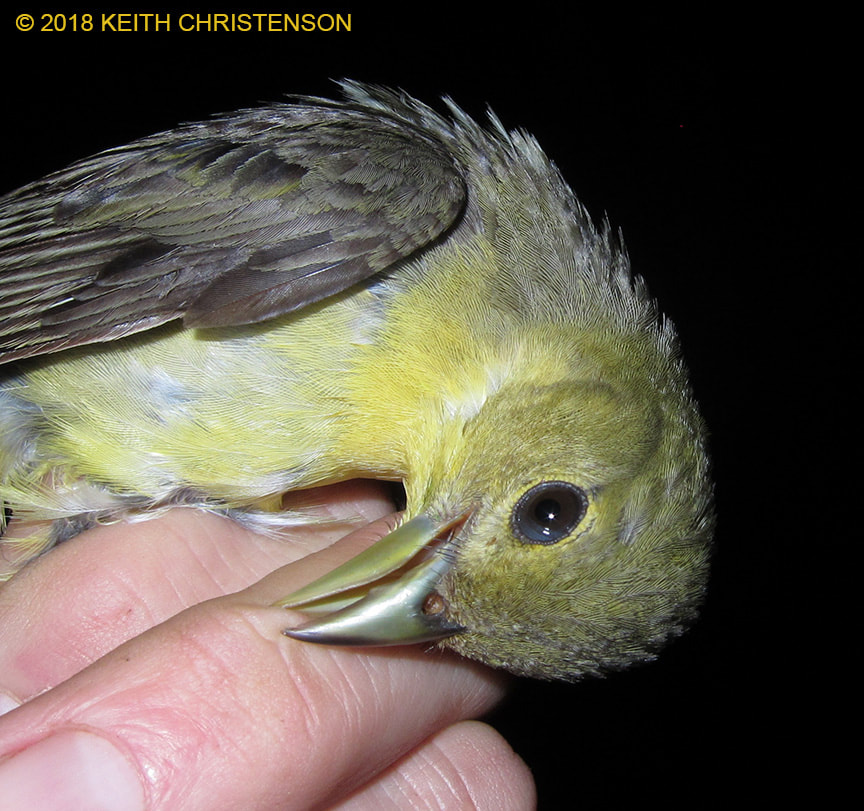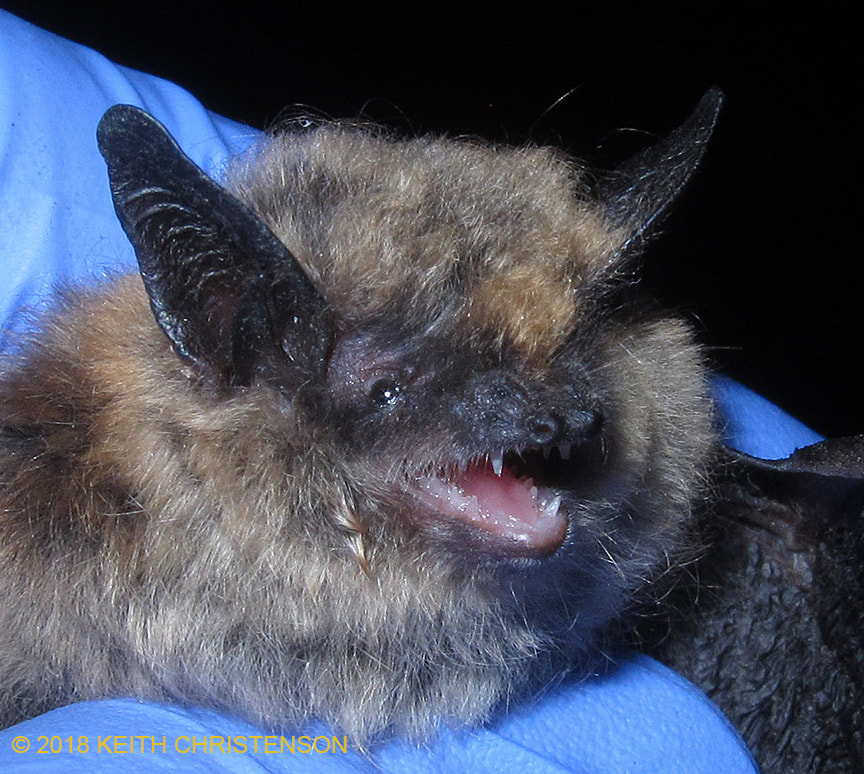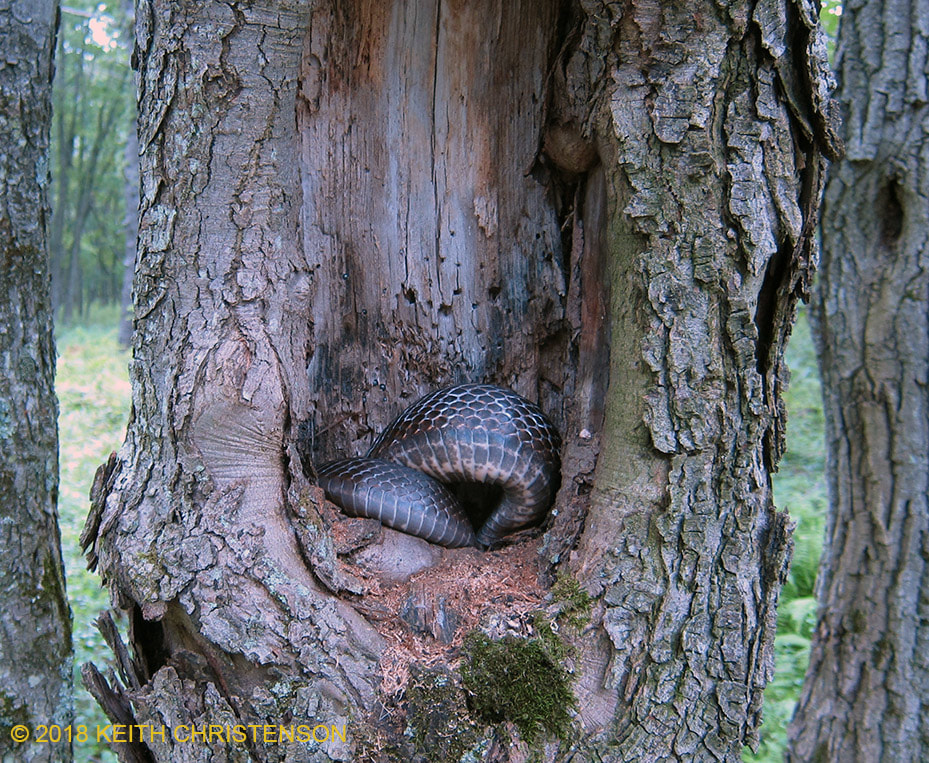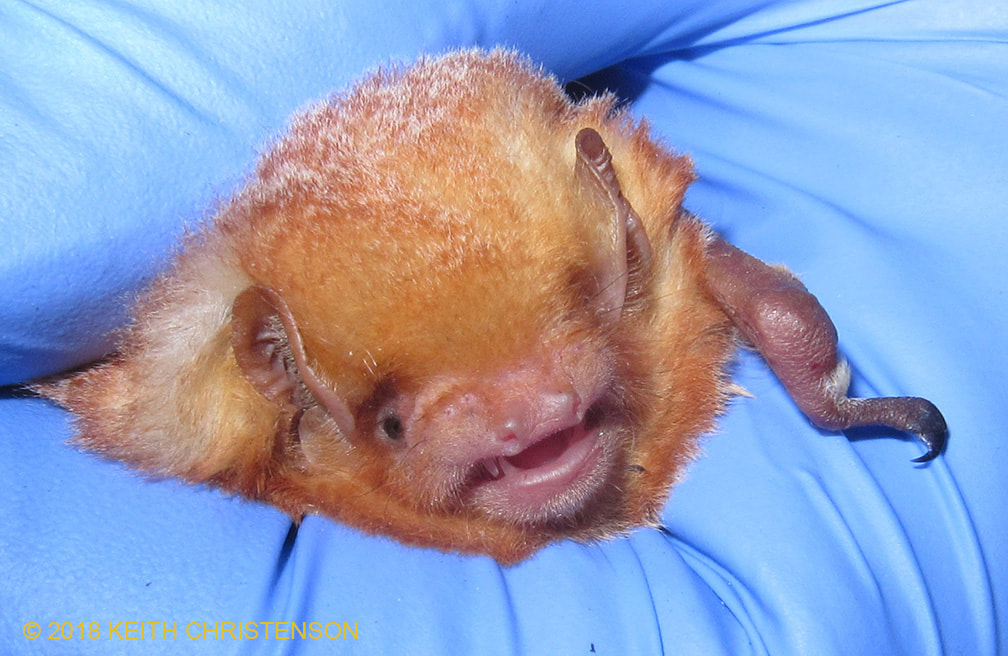|
Rising to over 300 feet on the first hill, and reaching speeds over 90mph, this is a pretty amazing rollercoaster at Kings Dominion in Virginia.
0 Comments
I often am asked about getting bitten by wildlife. Generally the answer is the same, that other than mosquitoes and the like, I don't get bitten by stuff unless I have to handle it. And then, well, things bite, so just don't handle wildlife, okay?
But it's my job to grab things and do stuff, like measure ear length or weigh them. Lots of things depending on the project I am on. So yes, I get bitten. And this has become a point of question again since I posted in a side note that scarlet tanagers bite, but that it doesn't hurt much. Different species tend to either bite a lot, or not. Some birds never seem to realize that might even be a thing, while others, most notably the chickadee, do nothing but try and bite. Some can give a pretty good pinch, especially the ones with a strong bill like a grosbeak, but mostly it really isn't hard enough to do much. And, one of the times I am most likely to get bitten is when taking the photos to document the species capture. See, when taking animal measurements I can control the whole animal including the mouth, but for the photos the head needs to be fully in the clear. Which of course allows it more freedom to take a nip. So while I normally just ignore the photos that don't well-document the species for our records, I do have other ones that show what the animal was doing while I was trying to get a good pic. And to satisfy curiosity, here is what a bite from a scarlet tanager looks like. See, not much, but if it gets you in the soft spot between your fingers you'll know about it. Just a quick pic of a small, cute bat. Small-footed bats only run about 5 grams in weight, or roughly the weight of two pennies. Really! Quite agile flyers, but we still catch them in the nets if they are around. And as always the rubber gloves seen in the background are to protect the bats from getting something from us, not the other way around.
When in the field we run into all the wildlife at one point or another. Most often I am asked about bears and rattlesnakes. Well I put up a photo of bears, so here is a photo of a black-phase timber rattlesnake.
This 4-foot long snake was seen just about 10 feet from one of the poles that hold up the bat mist nets, so pretty much right where we had to work all night. Surprisingly, after this sighting right at dusk we never did run into him again. And yes, he was rattling away at me when I took this photo. Beautiful animals and always great to see them, and harmless if merely left alone to go about there business. There was a 4.5 foot long black rat snake in camp one day, but I was out. By the time I got back it had taken up residence in a tree hole that just seemed a bit too small for a snake that large. This is all I could see of the snake.
We saw a lot of scarlet tanagers flying around during the day, but one evening just after opening the bat nets at dark I caught a female in the net. They tend to bite, but it doesn't much hurt. And obviously the female is not exactly scarlet, but a fine shade of greenish yellow. This bird was quickly photographed and released so it could get to its night roost without much delay.
Where I was camping and working in Pennsylvania we had more than our share of bears. Pretty much saw one or more every day, and sometimes quite close. These were seen while a couple of us were walking along a trail about 200 feet from our camp. Mom wasn't super happy when she saw us, but no real danger as they are more interested in going the other direction when we bump into each other. Admittedly, bumping into this pair only 40 feet away was maybe as close as one would like for such a wildlife encounter. They posed just a moment like this, I snapped a quick photo, and they were outta there.
Took a walk and had a picnic lunch at Kenilworth Park and Aquatic Gardens today. This site is run by the National Park Service and is located in the top corner of Washington, DC pretty much right on the Maryland line (walked into Maryland during the hike).
It's a darn nifty green space right by the Anacostia River and has about 1 billion small ponds full of lilies and lotus and similar aquatic plants. Quite pretty place and a bit unique. Along the trail spur that goes from the Park to the River we saw this yellow-billed cuckoo and got a pretty nice look at it as it was feeding in the trees by the trail. I like cuckoos, and the fun fact of the day is that they are in the same family as the roadrunner! Oh yeah, can you guess the name of the family? How about Cuculidae...a rare case of the Latin being pretty easy to remember. The wood turtle is found generally in the US northeast, and is rather different than a box turtle. These guys tend to be as home on land as in water, they are more broad and flat, and most significantly do not have any closure flaps to seal up the shell completely like a box turtle has.
Populations have been declining across the range for years, mostly due to human impacts both indirect (farming, water quality degradation, etc.) and direct (collecting for pet trade, run over by vehicles). So anymore I find it quite enjoyable to see one as they just aren't that common anymore. Most places list them as somewhere between threatened and vulnerable. Sorry about the near total lack of blog posts this summer!!! The places I have been working have been pretty deep in the mountains without any internet connectivity. I am briefly in town so wanted to get out at least something. Regular postings will start again in the middle of August after I finish my last travel project.
Here is an eastern red bat (Lasiurus borealis) in hand from the Monongahela National Forest. We catch a fair number of these beautiful bats, and so far they don't seem to be affected by White Nose Syndrome as they do not hibernate in caves or apparently in large clusters. This is a male, which is really more orange than red, while the females are somewhat more reddish although I would have called it the orange bat not the red bat. The background is the bluish purple examination glove, something we wear when handling animals to help prevent us from spreading any disease to them. It is not to prevent them from giving us anything, quite the opposite, but makes for an odd background for a bat photo. |
AuthorKeith Christenson - Wildlife Biologist Categories
All
Author
Keith Christenson Wildlife Biologist Archives
September 2021
|










 RSS Feed
RSS Feed